Landscape architects design attractive and functional public parks, gardens, playgrounds, residential areas, university campuses and public spaces. They also plan for the location of buildings, roads, walkways, flowers, shrubs and trees within these environments. Landscape architecture involves planning, designing, managing and caring for natural and built environments. With their unique skills, landscape architects work to improve human and environmental health in all communities.
Plan and design parks, campuses, cityscapes, trails, squares, residences and other projects that strengthen communities. Learn more about employment and market prospects for landscape architecture and ongoing efforts to further diversify the profession. Landscape architects design the aesthetic design of golf courses and shopping centers, as well as other public places. They can also be hired privately to design the landscaping of houses and gardens.
Landscape architects may also choose to work in the environmental field, designing conservation lands, such as wetlands, and participating in historic restoration efforts. Landscape architects (or landscape designers) plan, design and manage open spaces and aim to provide aesthetically pleasing urban and rural environments. They can work on a variety of projects, from designing parks and green spaces to gardens and sports sites or improving construction sites. This shift in perception and focus is great news for landscape architects and has opened up new avenues for the profession.
The Landscape Institute (LI) suggests that “Landscape architecture is based on an understanding of how the environment works and what makes each place unique. A landscape architect has been trained for many years, while a landscape designer does not need a certificate. These causes are identified by civil engineers or landscape architects and select indoor and outdoor plants to clean the air, create a cooling effect, absorb toxins and balance the natural ecosystem. After a few years of employment and with the right experience, it is possible to become a registered professional through the Landscape Institute.
There are many tools available that can help you find plants that can perform optimally in your environment, create a virtual landscape, and test its efficiency before implementing it. Typically, a landscape architect offers consulting services to help create an ecosystem that fits your needs. With the world trying to seek sustainable and greener options in all respects, landscape architecture is evolving as a fast-growing field. Landscape architects have a holistic approach to design and work closely with allied professions (architects, civil engineers, surveyors, etc.) to prepare a proposal.
Landscape architects often work closely with other professionals, including contractors, workers, and other architects. It is also recommended to visit at least one landscape architecture program while classes are in session and, if possible, visit at least one or two landscape architecture offices. With landscape architecture, you get a sustainable and efficient option to cleanse the environment of such toxins. Landscape architects plan and design traditional locations such as parks, residential developments, campuses, gardens, cemeteries, shopping malls, resorts, transportation corridors, corporate and institutional centers, and waterfront developments.
The first professional Master of Landscape Architecture (MLA) is for individuals who have a college degree in a field other than landscape architecture and intend to become landscape architecture professionals. Physical parameters such as temperature, rainfall and humidity can be adopted through landscape interventions to combat extreme weather conditions throughout the year, helping to reduce energy consumption. However, landscape architects create garden designs using climate and ecological concepts after careful analysis of the environment. .
.
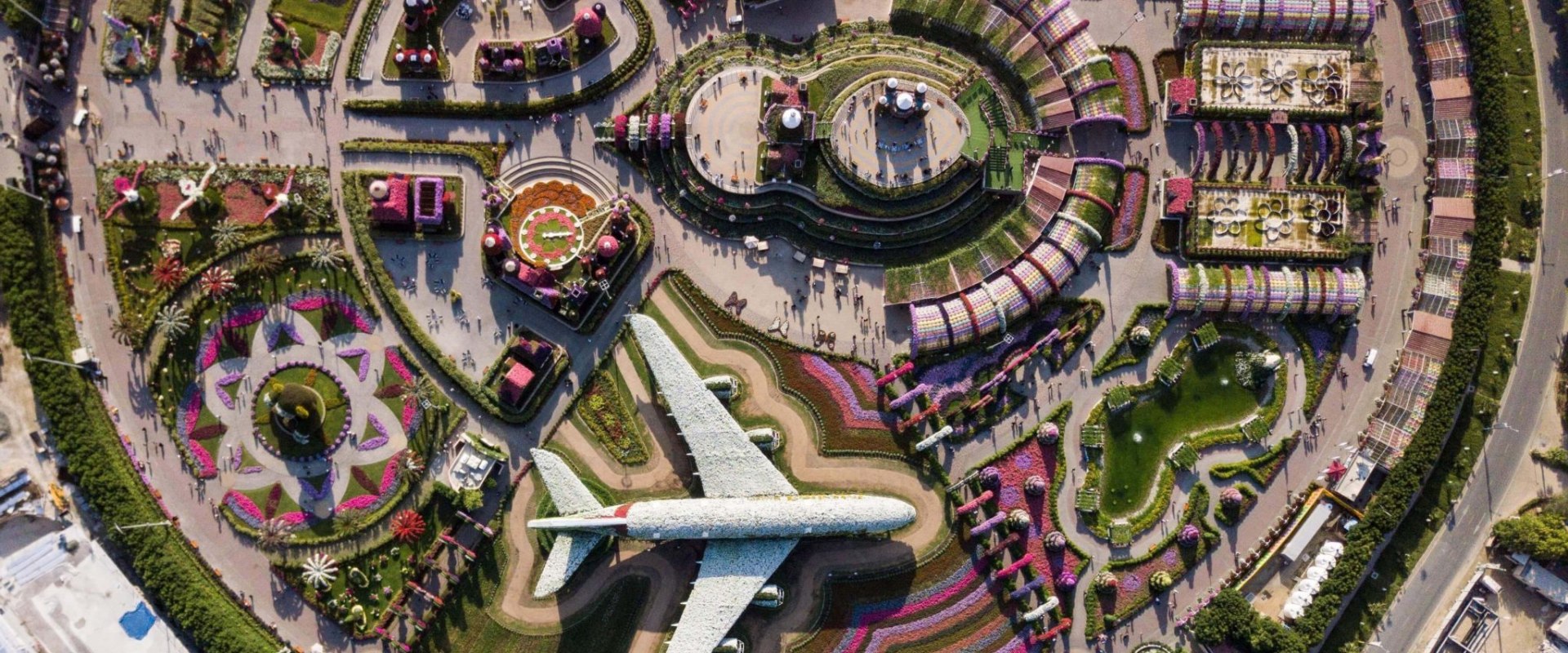
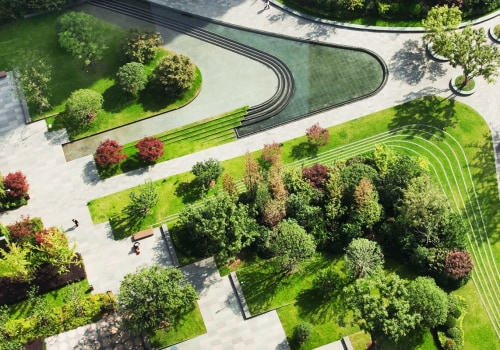
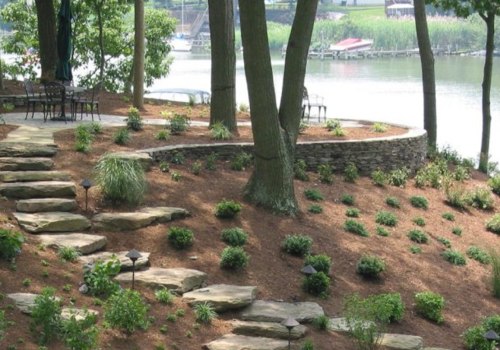
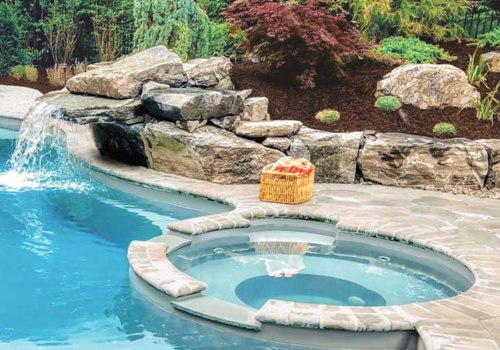
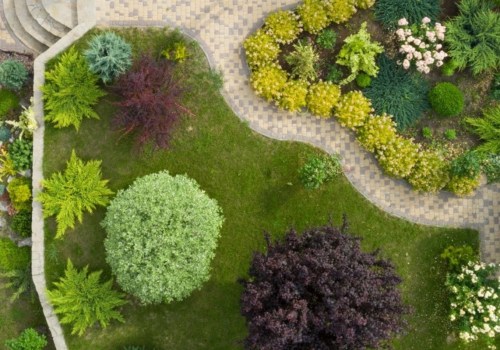
Leave Reply